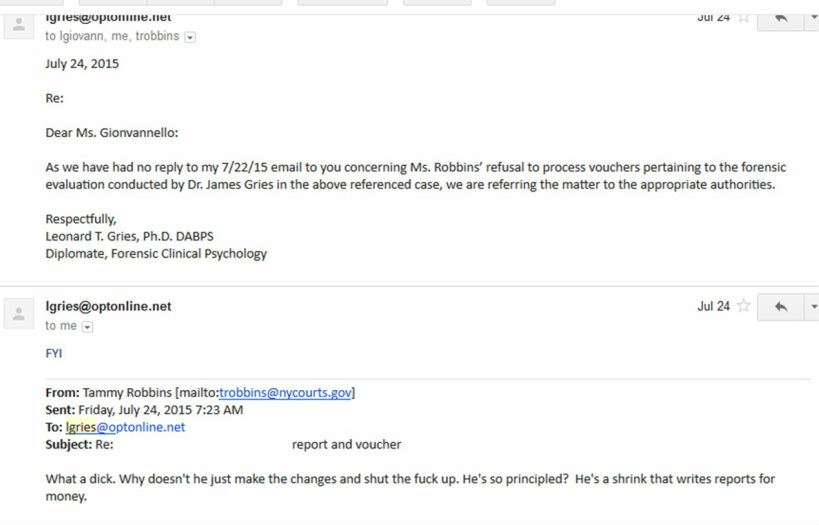“DESTIGMATIZING MENTAL HEALTH IN CHILD WELFARE”
ANNUAL ACS CONFERENCE
NICHOLAS SCOPPETTA CHILDREN’S CENTER, NYC
MAY 23, 2019
Leonard T. Gries, Ph.D., DABPS
Executive Director, Institute for Emotional Health (IEH)
www.iehservices.com
[email protected]
| Power Point presentation - Dr. Gries- Destigmatizing mental health in child welfare.pptx |


 RSS Feed
RSS Feed